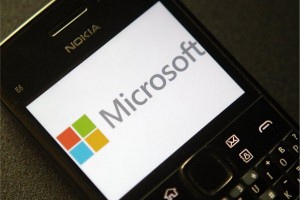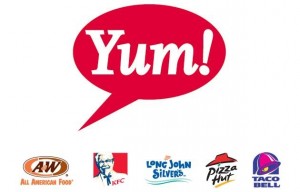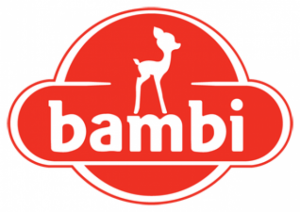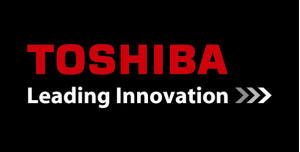Microsoft purchased Nokia, for $7.2Billion on September 2nd 2013. Nokia is the second largest mobile phone manufacturer in the world, according to IDC. Nokia and Microsoft have been partners since 2011, when Nokia replaced its operating system with Microsoft’s Windows Phone. Microsoft purchased Nokia in order to compete against the established players in the mobile phone industry such as Samsung and Apple Inc.
Unlike Blackberry, Nokia is headed in the right direction. The deal will benefit both the parties, whereby Nokia will not undergo bankruptcy nor will its 32,000 employees be made redundant. Microsoft will be able to retain the entire the entire chain, whereby it will be able to produce their own mobile phones, market them and sell them in their own stores, similar to Apple.
Considering that the $7.2Billion price tag for Nokia was lesser than the $8.5Billion for Skype, the deal seems to have a huge potential. Purchasing Nokia will give Microsoft an additional cost-advantage over its competitors such as Samsung, which relies on Google’s Android operating system for it’s smart phones.
Will Microsoft be able to compete with the pre-existing high barriers to entry and the proportionately large market share owned by Samsung and Apple?
Sources:
http://edition.cnn.com/2013/09/03/tech/nokia-microsoft-stuart-miles/index.html?hpt=ibu_c1
http://edition.cnn.com/2013/09/03/business/microsoft-nokia-ballmer/index.html
Image Sources:
http://www.csmonitor.com/var/ezflow_site/storage/images/media/content/2013/0903-microsoft-buys-nokia/16878447-1-eng-US/0903-microsoft-buys-nokia_full_600.jpg
http://i.cbc.ca/1.463814.1378567714!/httpImage/image.jpg_gen/derivatives/16x9_620/image.jpg







